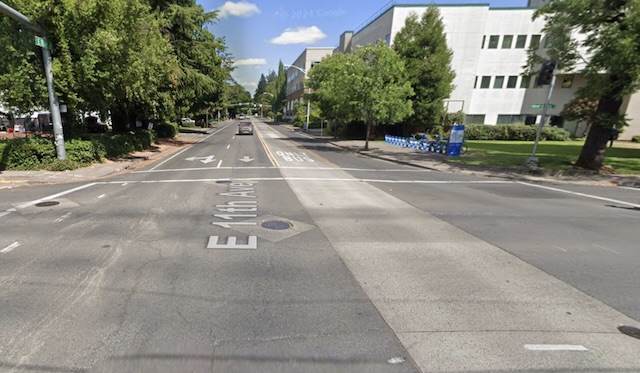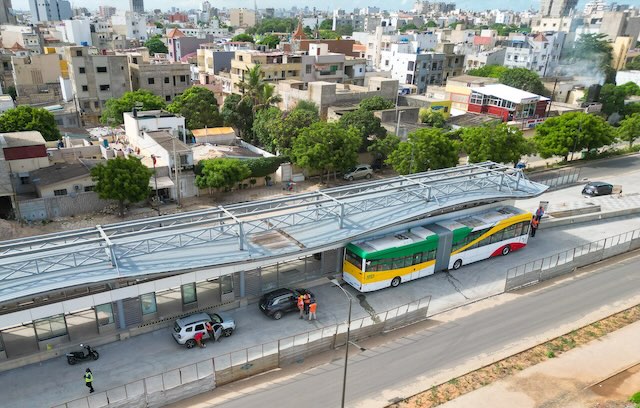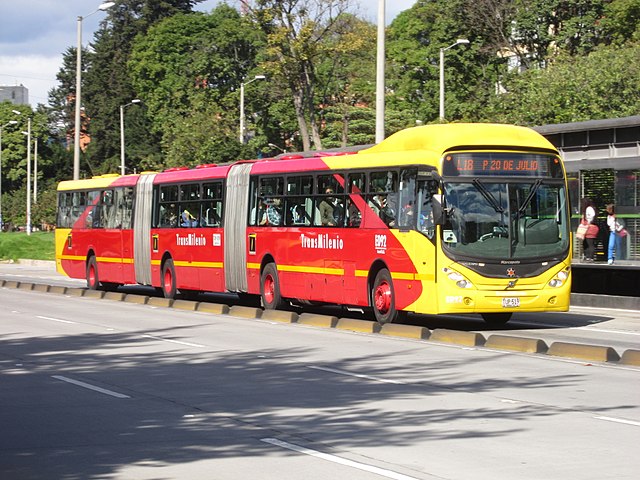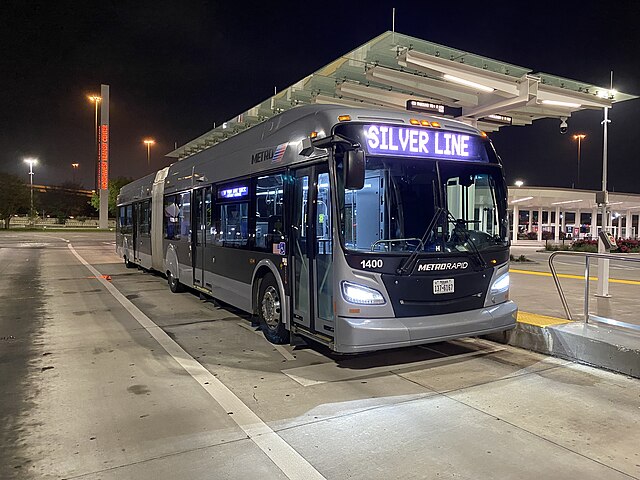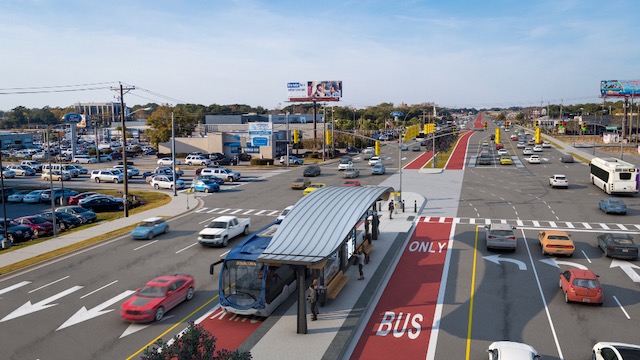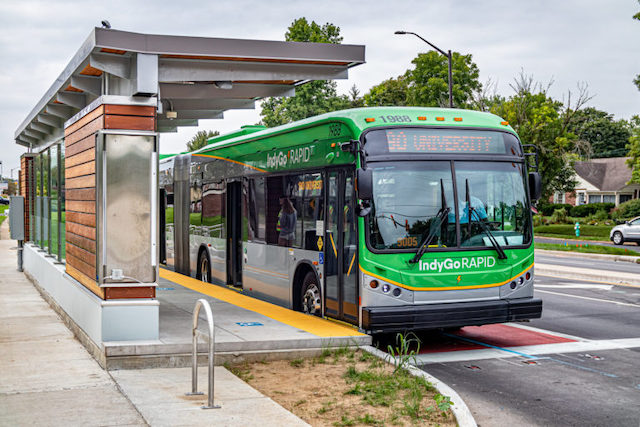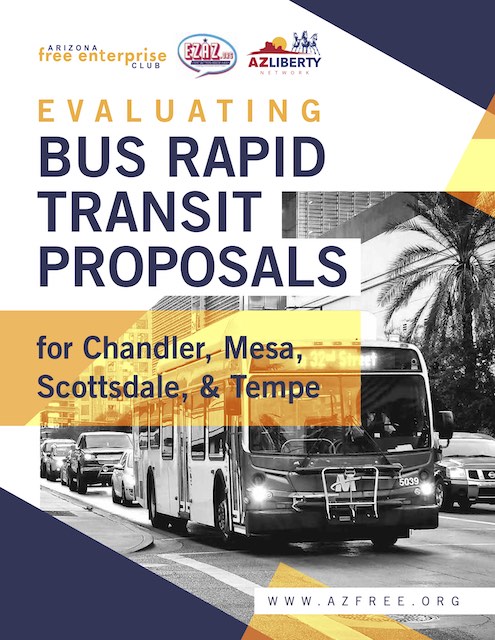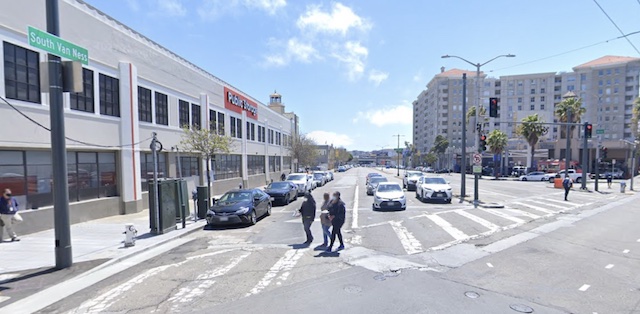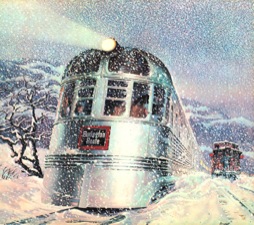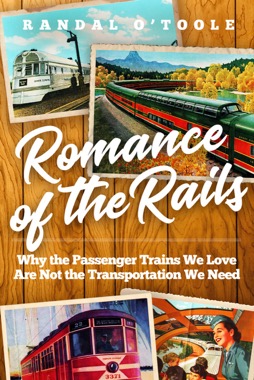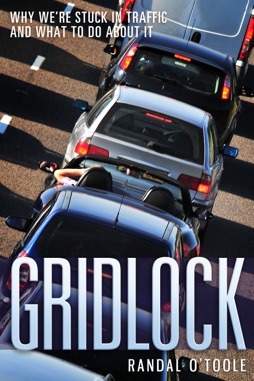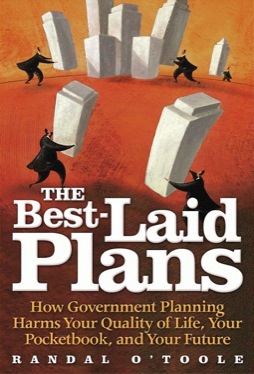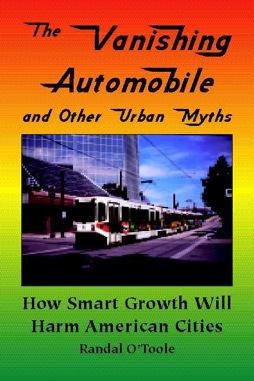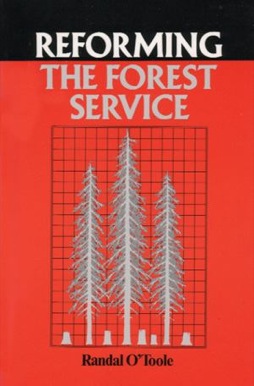San Francisco’s Van Ness Avenue is full of vacant storefronts, and city officials are blaming past city policies discouraging chain stores in the area. In order to fill those vacancies, city officials have promised to speed any permitting applications for new stores, chain or otherwise.
Google street view shows that 1700 Van Ness Avenue was occupied by a chain store, Staples, in 2013. Note that there is parking the entire length of Van Ness on both sides of the street plus a nice tree-filled center strip.
That’s nice of them, but at least one of the stores that is now vacant used to be a chain store. The Staples at 1700 Van Ness was open in May 2022 but closed by December. Continue reading

